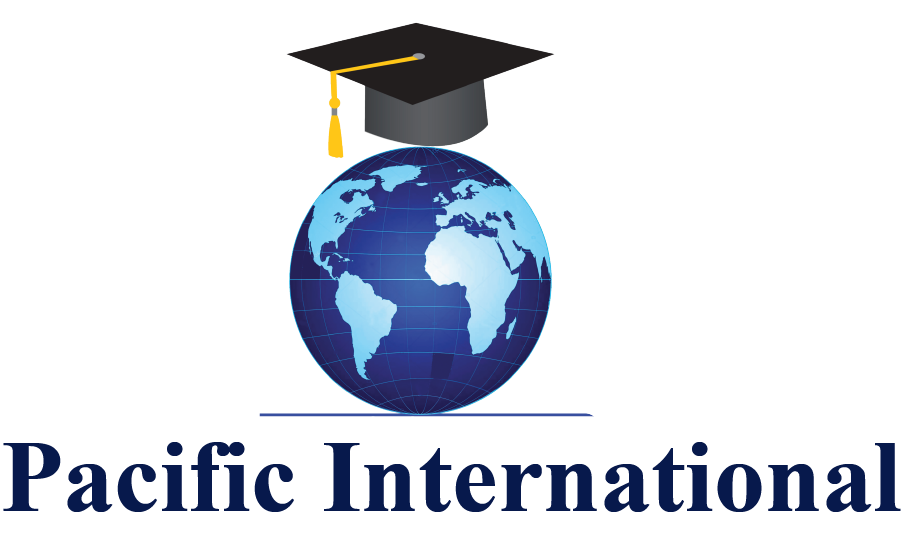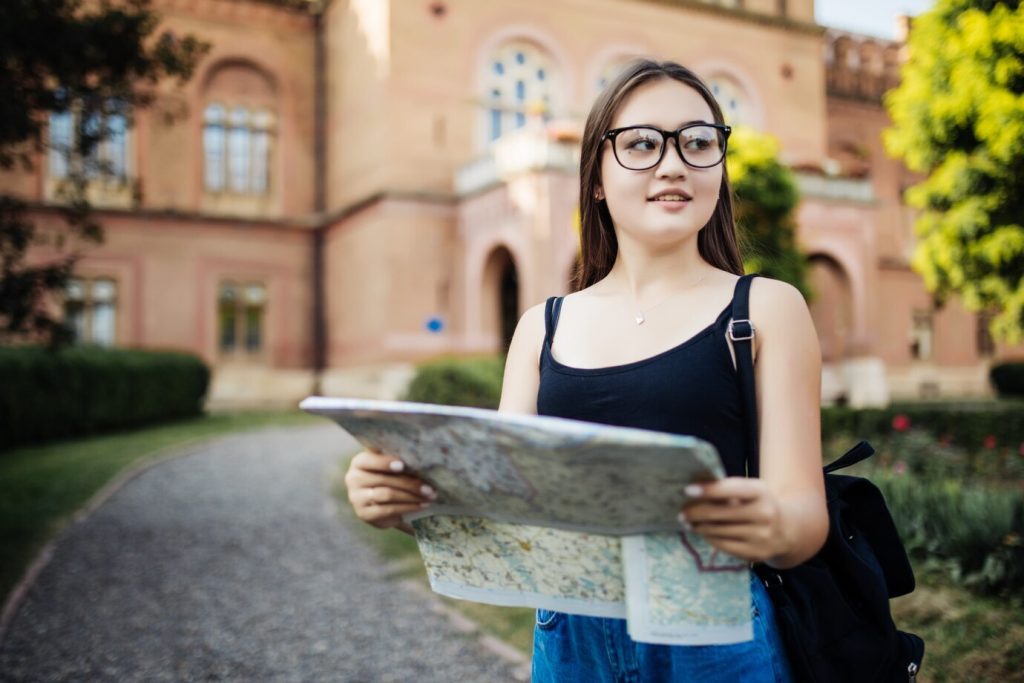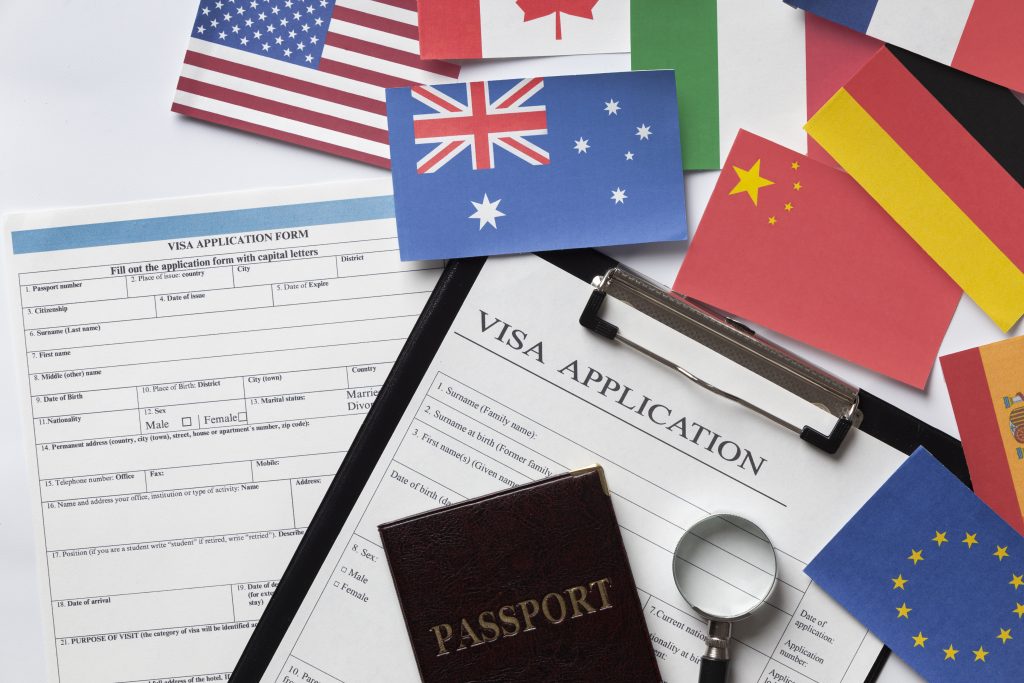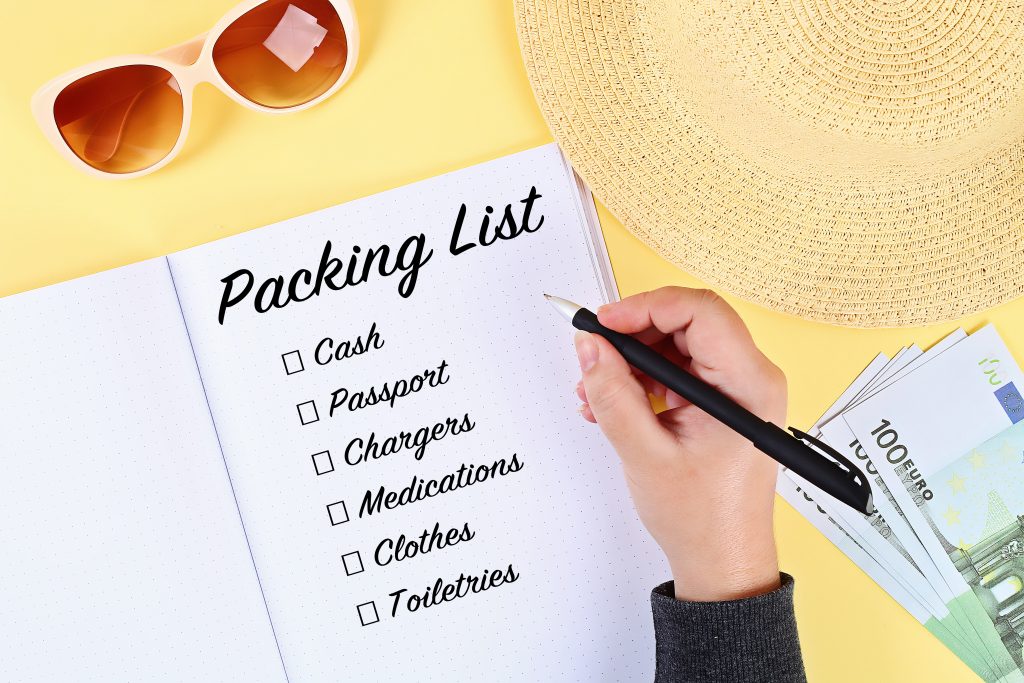Marketing Webinar
Event Details When and where Start Date Jan 01, 2025 11:00 am End Date Jan 01, 2025 5:00 pm Location 7th Floor Shree Krishna Sadan, New Baneswor, Kathmandu Top Reasons why you should join this event Member of a Prestigious Group of 8 Institutions Ranked among the top 1% of universities in the world #1 Uni in South Australia for Graduate Employability
Navigating Competitive Colleges as an International Student
Applying to competitive colleges as an international student is both exciting and challenging. These colleges are known for their high rankings, excellent professors, and diverse opportunities, which attract students from all over the world. They provide a chance to get a quality education, explore new cultures, and improve career prospects. However, the application process is not easy, as many students compete for limited spots, and the requirements are very demanding. One of the biggest challenges is meeting the high academic standards. Competitive colleges look for students with excellent grades, strong test scores, and challenging coursework. Another challenge is that only a small number of seats are available for international students, which makes the competition tougher. Tuition fees for international students are often expensive, and scholarships can be limited, adding to the financial burden. For students whose first language is not English, proving language proficiency through tests like TOEFL or IELTS can be another hurdle. Additionally, each college has its own application process, with specific requirements and deadlines, which can feel overwhelming. To improve your chances of getting accepted, it is important to have a strong application. Focus on doing well in your studies and taking advanced courses if available. Show that you are active outside the classroom by participating in leadership roles, community work, or unique hobbies. Write a personal statement that tells your story and explains why you want to study at that college. Get recommendation letters from teachers or mentors who can highlight your strengths. Prepare well for standardized tests like the SAT, ACT, or IELTS, as these scores play an important role in the admission process. It is also helpful to research scholarships and financial aid options, as some competitive colleges offer generous support to international students. Finally, learn as much as you can about the colleges you are applying to so that your application matches their expectations. Some of the best colleges for international students include Harvard University, Stanford University, and MIT in the United States; Oxford and Cambridge in the United Kingdom; the University of Toronto in Canada; and the University of Melbourne in Australia. These colleges are globally recognized and offer excellent education, career support, and networking opportunities. Studying at such institutions can open doors to exciting opportunities worldwide. Although the journey to a competitive college can be difficult, the benefits make it worthwhile. With proper preparation, persistence, and a clear plan, international students can achieve their dream of studying at top colleges and building a bright future.
Common Mistakes to Avoid When Applying for an F-1 Visa
Applying for an F-1 student visa is an important step for anyone planning to study in the United States. However, mistakes during the application process can result in delays or even rejection. One of the most common mistakes is submitting incomplete or incorrect documents. For instance, forgetting to include your I-20 form (issued by your school), failing to provide updated financial evidence, or making errors in the DS-160 form can all lead to problems. It’s also essential to ensure that your chosen institution is certified by the Student and Exchange Visitor Program (SEVP), as attending a non-SEVP-certified school will disqualify you from obtaining an F-1 visa. Another frequent issue is misunderstanding or underestimating the financial requirements. U.S. visa officers need proof that you can afford your tuition, living expenses, and other costs without relying heavily on part-time jobs in the U.S. Insufficient or unclear financial documents, such as bank statements that do not match the required amount, may raise doubts about your ability to support yourself. To avoid this, ensure your financial evidence is clear, recent, and includes sufficient funds to cover at least one academic year. The visa interview is another area where many applicants struggle. Poor preparation can lead to vague or inconsistent answers, which may make the officer doubt your intentions. Questions about your study plans, the reason for choosing a specific school or course, and your plans after graduation are common. If you fail to explain these clearly, it might seem like you are not a genuine student. Practicing possible interview questions, staying calm, and being honest about your goals can help you perform well during this crucial step. Lastly, timing is a key factor in the application process. Starting too late or missing deadlines can create unnecessary stress. For example, applying for the visa too close to your program’s start date may leave you with little time to address any complications or rejections. To avoid this, start the process early—at least three to six months before your course begins—and double-check all steps along the way. Careful planning and attention to detail can ensure a smoother F-1 visa application process and improve your chances of success.
Difference between PTE and IELTS
When planning to study, work, or live abroad, proving your English proficiency is often a requirement, and two of the most popular tests are PTE Academic (PTE-A) and IELTS. Both tests assess your skills in listening, reading, writing, and speaking, but they differ significantly informat and approach. PTE-A is entirely computer-based, where a computer evaluates your answers, making it consistent and objective. In contrast, IELTS offers both computer-based and paper-based options, with a face-to-face speaking section evaluated by a human examiner, which can feel more personalized for some candidates. PTE-A is known for its efficiency, with a test duration of about 2 hours, while IELTS takes slightly longer, lasting 2 hours and 45 minutes. Another notable difference is the results timeline—PTE-A results are usually available within 48 hours, making it a fast option, whereas IELTS results take 3–5 days for computer-based tests and up to 13 days for paper-based tests. This makes PTE-A a preferred choice for those needing quick results. The structure of the tests also varies. PTE-A integrates skills, meaning a single task might assess both speaking and writing simultaneously. IELTS, however, keeps each skill separate, which some candidates might find simpler to navigate. Both tests are widely accepted by universities, colleges, and immigration offices worldwide, so it’s important to verify which test is required or preferred for your specific destination or institution. Choosing between PTE-A and IELTS depends on your strengths and preferences. If you are tech-savvy, comfortable typing, and prefer objective scoring, PTE-A might be the better option. On the other hand, if you feel more confident writing by hand or engaging in a face-to-face speaking test, IELTS could suit you better. Ultimately, both tests are excellent choices, and selecting the right one.
Guide for Nepali Students: Applying for an Australia Visa Extension
Studying in Australia offers immense opportunities for Nepali students, but what happens when your student visa is about to expire, and you still need more time to complete your studies? In such cases, applying for a visa extension is essential. Here’s a step-by-step guide to help Nepali students understand the process, including the fees involved, and ensure a smooth application. A visa extension is required if your course duration is longer than expected or if you plan to stay in Australia for further studies. Common reasons include failing a subject, adding more courses to your program, or extending your stay for graduation ceremonies. Make sure to start the application process at least 3–4 months before your current visa expires to avoid complications. To apply for a visa extension, you’ll need several documents, including: A valid passport. Confirmation of Enrolment (CoE) from your educational institution. Proof of Overseas Student Health Cover (OSHC) for the extended period. Academic transcripts and any documents supporting the need for an extension. Proof of financial capacity to support your stay in Australia. A completed Form 157A (Application for a Student Visa). Gather all these documents early to avoid last-minute delays. The application process for a visa extension is online and done through the Immi Account portal on the Australian Department of Home Affairs website. Here’s how to proceed: Log in to your Immi Account or create one if you don’t have it. Fill out Form 157A with accurate details. Upload the required documents, ensuring they are clear and complete. Pay the visa extension fee (details below). Submit your application and wait for confirmation. It’s important to double-check your application for accuracy, as any errors could delay processing. The cost of applying for a student visa extension in Australia can vary, but typically, the visa application fee is AUD 710. Additional fees may include: Overseas Student Health Cover (OSHC): Depending on the length of the extension, this could cost several hundred dollars. Medical Examination Fees: If required, the cost can range from AUD 300–500. Professional Service Fees: If you use a migration agent or consultant, expect to pay service charges of AUD 500–1,500. Make sure to budget for these expenses and ensure that you have sufficient funds in your bank account, as proof of financial capacity is a critical requirement. Once you’ve submitted your application, you may be granted a Bridging Visa to stay in Australia legally until your extension is approved. The processing time for a visa extension can vary, so it’s crucial to apply well in advance to avoid any gaps in your visa status. If you find the process overwhelming, consider consulting an education agent or a migration expert. Many agencies in Nepal specialize in helping students with Australian visa-related issues. They can guide you through the documentation and application process to reduce stress. By following these steps and preparing for the associated costs, Nepali students can ensure a smooth visa extension process and continue their studies in Australia without interruptions. Always stay informed about visa policies and requirements to avoid any legal complications during your stay.
Creating a Packing Checklist for Your USA Journey
Packing for studying abroad can be a challenging task, but having a well-organized checklist can ease the process. Here’s a comprehensive guide to ensure you have all essential documents and items for a smooth transition to your academic adventure. Stamped Passport Acceptance Letter from your university (Attached by University) Educational Documents a. SEE (Marksheet, Character Certificate, Certificate) b. + 2 (Transcript, Character, Provisional, Migration Certificate) c. Bachelors (Transcript, Character, Provisional, Migration Certificate, Graduation Certificate) Language Proficiency Test Result (IELTS/ PTE Score Card/Duolingo Test) No Objection Certificate (Photocopy) a. Proof of Paid Tuitioin Fee b. Receipt/ Invoice from College (If you have) SEVIS fee Receipt Police Clearance Certificate Immunizations Report COVID -19 Vaccination card with QR (If Available) Resume with Letter of Recommendation (If Available) Certificate of Appreciation / Training / Internship / Work Experience Letter (If any) Citizenship Certificate I-20








